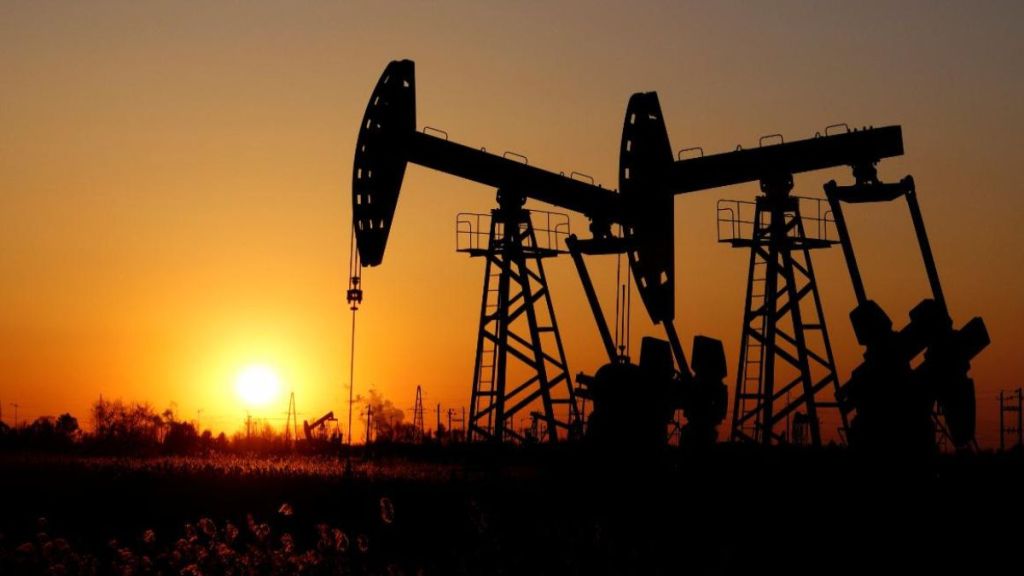The Central Government on Thursday cut the windfall tax or the special additional excise duty (SAED) on domestically produced crude oil and diesel exports. The windfall tax on crude petroleum produced by companies like the state-owned Oil and Natural Gas Corporation (ONGC) has been reduced to Rs 4,350 from Rs 5,050/tonne as per the previous revision. The additional duty on diesel has been brought down to Rs 2.5 from Rs 7.5/litre earlier and the levy on aviation turbine fuel (ATF) or jet fuel has been cut to Rs 1.5 from Rs 6/litre, according to the latest notification issued by the Ministry of Finance. The levy on petrol continues to be nil.
On July 1, windfall profit taxes were first imposed on Indian companies as the country joined a growing number of nations that tax supernormal profits of energy firms. However, international oil prices have cooled since then, eroding the profit margins of both oil producers and refiners.
What is windfall tax, why is it imposed?
Windfall tax is levied as a special additional excise duty which is aimed at absorbing the super-profits earned by domestic crude oil producers due to high global crude, product prices and is revised every fortnight by the central government. The rates of the levies are being changed depending on crude prices and the refining spread. The Indian government in July last year imposed the windfall tax on crude oil producers and levies on exports of gasoline, diesel and aviation fuel after private refiners sought overseas markets to gain from robust refining margins, instead of selling at lower-than-market rates in the country.
Meanwhile, crude oil prices rose on Thursday as the market shrugged off a giant U.S. crude inventory build and the International Energy Agency boosted its demand outlook. Brent crude futures rose 26 cents to $85.64 per barrel, while U.S. West Texas Intermediate (WTI) crude futures gained 34 cents to $78.93. U.S. crude oil stocks soared last week by 16.3 million barrels to 471.4 million barrels, the highest level since June 2021, the Energy Information Administration (EIA) said. The larger-than-expected build was largely due to a data adjustment, which analysts said muted the impact on oil prices.


